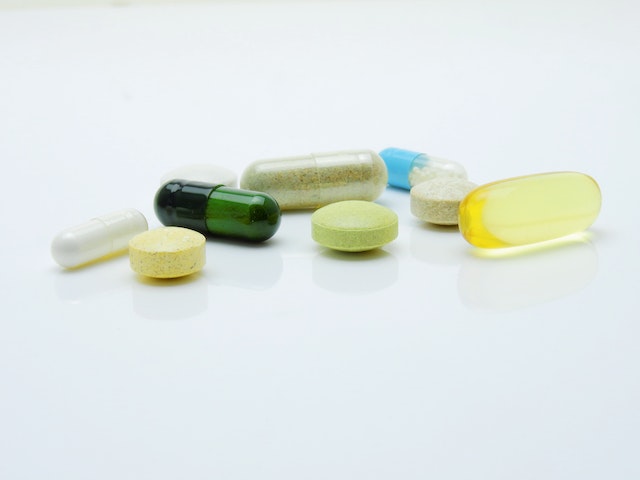The pharmaceutical industry is one that thrives off of complex, coordinated processes and processes that involve a lot of data. From the moment a drug undergoes clinical trials to the time it reaches store shelves, there are so many different steps that need to happen in order to make sure that each individual patient gets the most effective treatment possible. In order to ensure that all of these steps can take place in an efficient manner, pharma serialization has become a key part of the process. In this article, we will discuss everything from its definition, examples, and why it’s so important for the pharmaceutical industry.
What is pharma serialization?
Serialization is a process where pharmaceutical ingredients are tagged with unique identification codes so that they can be tracked throughout the supply chain. During this tagging process, the products are often also given a name and a lot of other data that allow them to be categorized and traced as efficiently as possible. This tagging process allows pharmacists and pharmaceutical companies to track the products in real time so that they can see where exactly the product is at any given time. This information can then be used for a variety of different purposes, such as tracing and auditing the process, performing audits, and providing data to the government. This tagging process can also make it much easier to find the exact ingredients that are being used in any given drug and it can also make it easier to trace the ingredients back to their suppliers. For more see https://authena.io/track-and-trace-serialization/.
Why is pharma serialization important?
Serialization is a key process in the pharmaceutical industry, as it provides several benefits to both pharmacists and pharmaceutical companies. First of all, pharmaceutical serialization allows pharmacists to track their products in real time, as well as trace their ingredients back to their suppliers and auditors. Additionally, serialization allows pharmacists to keep track of their inventory, create and track recall and safety procedures, and to comply with government regulations.
